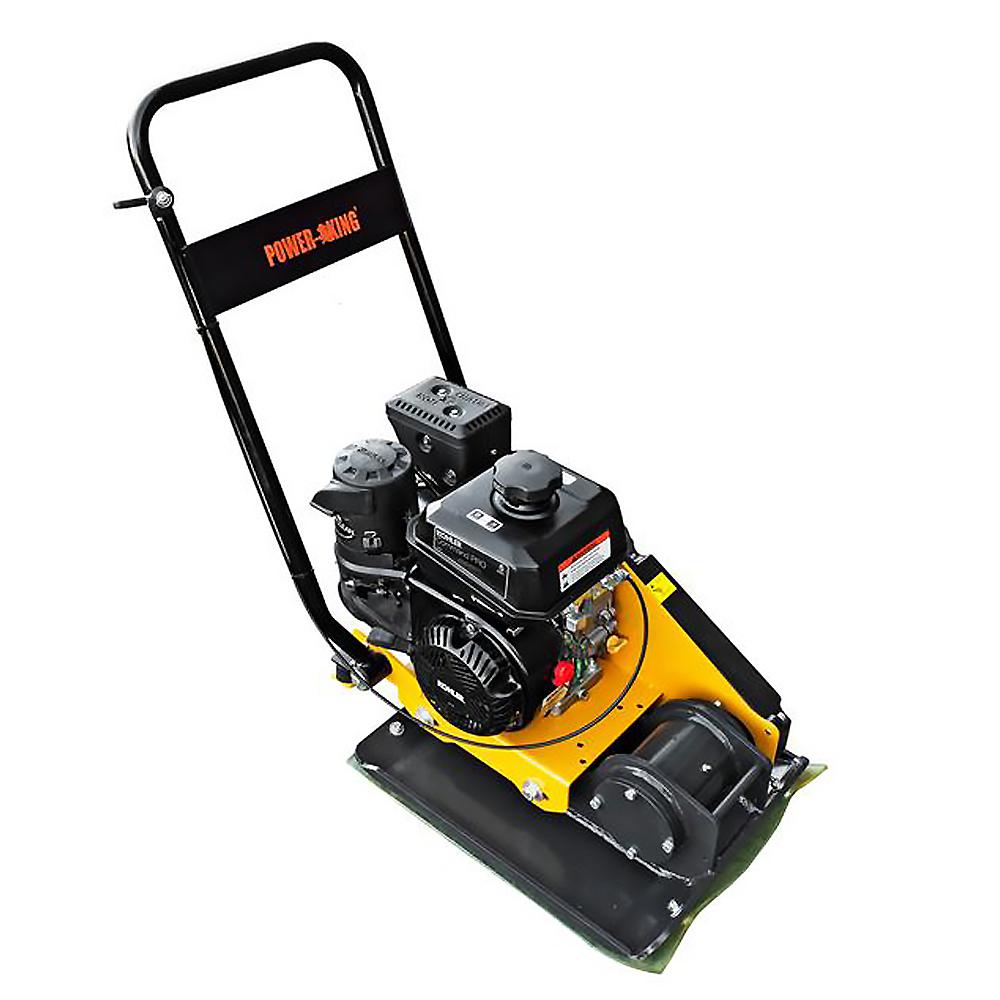

At the same time, as the soil particles are vibrating they become momentarily separated from each other, allowing them to turn and twist until they can find a position that limits their movement. They're best compacted with vibration energy, which reduces the frictional forces at the contact surfaces, allowing the particles to fall freely under their weight. Granular soils can be molded but will crumble easily. The particles are coarse and large enough to see with the naked eye. Granular soils consist mainly of sand and gravel.

Soil is classified into two main categories: granular and cohesive. When selecting the right compaction machine for the job, proper soil identification is the best place to start. Choosing the correct machine for the job does rely on a number of factors. Plate compactors are used in confined areas, usually to compact sand and gravel-type soils, and trench compactors are used on cohesive soils in trenches or larger areas and adjacent to structures. In a nutshell, rammers are used in confined areas on cohesive/clay soils. Mechanical soil compaction accelerates the natural process of the soil settling and, in some cases, makes construction possible in marginal building sites. With fewer air voids, soil becomes more dense and is able to support greater weight.

There are different types of compaction equipment designed for various applications, but the basic goal is the same: to compact the soil in order to provide a solid foundation. Technically, soil compaction is the removal of air voids from the soil by applied force.


 0 kommentar(er)
0 kommentar(er)
